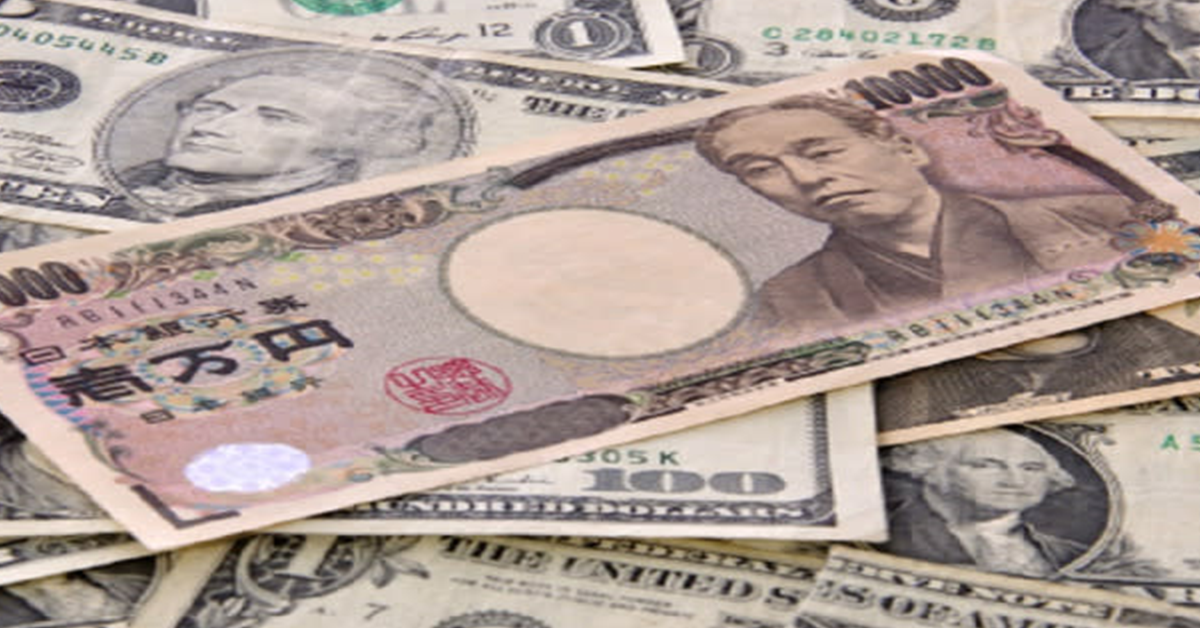The Japanese Yen (JPY) has seen a slight uptick against the US Dollar (USD) as the new trading week commences, yet it continues to hover near a low not seen in over three weeks, a position established the previous Friday. Market participants are now increasingly of the view that the Bank of Japan (BoJ) may maintain its negative interest rate policy during its upcoming meeting on January 22-23, a decision influenced by the recent earthquake events on New Year’s Day in Japan. The persistence of such a policy could potentially exert downward pressure on the Yen. Conversely, even with a modest rise in the US Dollar, significant depreciation of the USD/JPY currency pair seems unlikely.
The latest economic indicators from the United States suggest an economy that remains robust, which, in combination with assertive statements from Federal Reserve officials, has quelled expectations for aggressive monetary easing. The enduring strength of the US economy contributes to maintaining higher yields on US Treasury bonds, which supports the value of the US Dollar. However, currency traders seem cautious, showing a hesitance to commit to substantial positions ahead of the release of critical US consumer inflation data expected later in the week. This caution stems from a desire to gauge the potential impact of inflation on future Federal Reserve policy decisions.
Despite the restraint shown by market participants, the overall economic and policy environment appears to continue providing a supportive backdrop for the USD/JPY pair. The upcoming consumer price index data will be particularly scrutinized for its implications on the Federal Reserve’s monetary policy trajectory. Any indication of inflationary pressures could renew momentum for the Dollar, as it would potentially stave off any immediate policy easing and support the case for sustained or higher US interest rates, which are typically positive for the currency. As traders and investors align their strategies with these economic releases, the Yen’s modest gains against the Dollar remain capped, reflecting the complex interplay of domestic and international economic factors at play.











